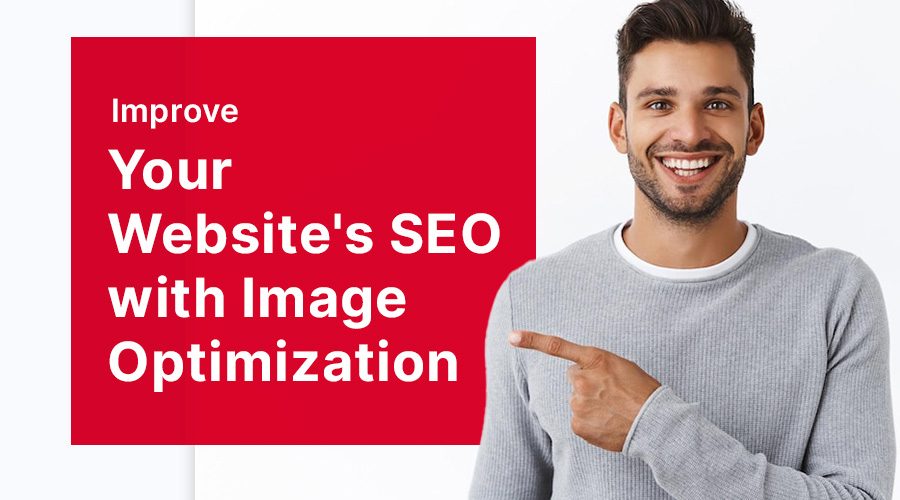Introduction
Have you ever had the joy of walking through a modern art museum, each image captivating your attention, delivering an impactful message without even a single word? That’s the power of imagery. Now, imagine harnessing this power for your website’s SEO strategy. Yeah, you heard right – Image Optimization. It’s an essential, yet often overlooked, element that could dramatically enhance your website’s performance. With simple tweaks, you can make your images work for you in more ways than just visually. Ready to dive in? Let’s unravel the art of image optimization for SEO together!
Table of Contents
- The Power of Images in SEO
- Optimizing Image File Names and Alt Tags
- Reducing Image File Sizes
- Choosing the Right Image Format
- Leveraging Responsive Images
The Power of Images in SEO
In the digital universe, a picture is worth a thousand clicks. Okay, that might not be the exact saying, but you get the point. Images are compelling storytellers that connect with users on a visceral level, encouraging engagement and increasing dwell time. But are they doing any heavy lifting in your SEO efforts? If not, it’s time for a change.
Search engines like Google are becoming smarter, recognizing and understanding image content. When your images are optimized correctly, they can contribute to your website’s search engine rankings. From the perspective of SEO, each image on your website is an opportunity for you to tell search engines more about your content, further improving your visibility.
Optimizing Image File Names and Alt Tags
Can you remember a time when you tried to find an old photo on your computer? You probably wished you had given it a meaningful name instead of sticking with the random string of numbers your camera assigned, right? Well, Google feels the same way.
The file name and alt tags of your images provide search engines with valuable information about your content. They need to be descriptive, relevant, and include keywords that align with your overall SEO strategy. Think of alt tags as the small descriptions you’d provide to someone over the phone if they couldn’t see the image. They’re not just for SEO; they also improve accessibility for users with visual impairments, making your website more inclusive.
Reducing Image File Sizes
Do you remember the time when you tried to load a website, and it felt like you could make a cup of coffee before it was fully loaded? The culprit behind this annoying scenario might be large image files.
Reducing image file sizes without losing quality is like packing a suitcase for a vacation – it’s all about finding the perfect balance. Large, high-resolution images can drastically slow down your site’s loading speed, resulting in a poor user experience and negatively impacting your SEO. Using compression tools, you can decrease your image size without sacrificing its quality, improving site speed and boosting SEO performance.
Choosing the Right Image Format
Choosing an image format is like selecting the right attire for an occasion. Just like you wouldn’t wear a tuxedo to a beach party, you shouldn’t use the wrong image format for your content.
The most commonly used formats are JPEG, PNG, and WebP. JPEG is great for photographs due to its compression capabilities, while PNG is better for images with text, logos, or illustrations with transparent backgrounds. WebP, Google’s image format, combines the best of both worlds, offering excellent compression and quality. The right format can enhance your page load speed, user experience, and in turn, your SEO.
Leveraging Responsive Images
Ever tried reading a newspaper without your reading glasses? Frustrating, isn’t it? That’s how users feel when images don’t fit their screen size correctly.
Responsive images adapt to fit different screen sizes, ensuring that your content looks great whether viewed on a smartphone, tablet, or desktop. This adaptability improves user experience and reduces page load times, both critical factors in SEO. Implementing responsive images on your website can provide your users with a seamless experience, no matter what device they are on, keeping them engaged and on your site longer.
Conclusion
Image optimization might seem like a tiny gear in the vast machinery of SEO, but when fine-tuned, it can significantly improve your website’s performance. The world of SEO is dynamic, ever-changing, but at Webnobby, we’re experts in navigating this terrain. We can help you turn each image on your website into a driving force for your SEO strategy, leading your website to the top of search engine rankings.


